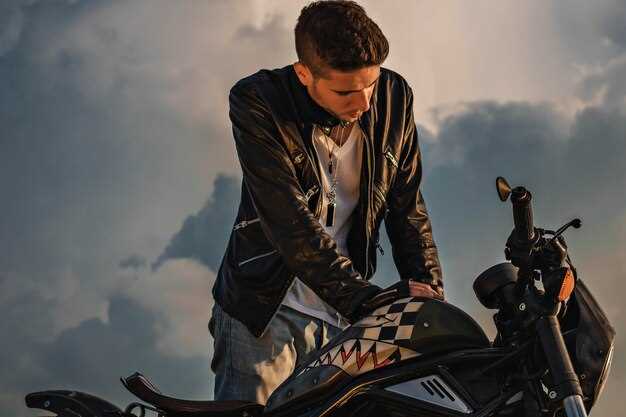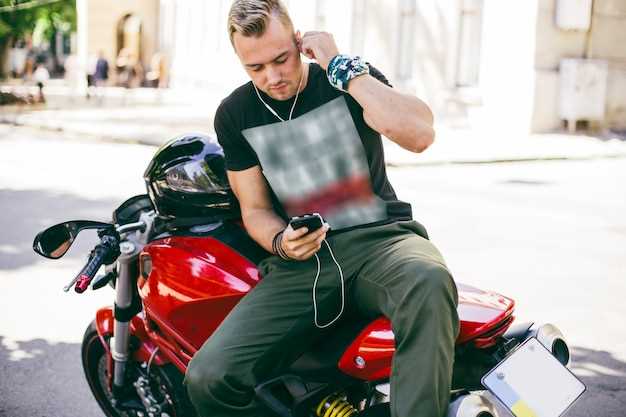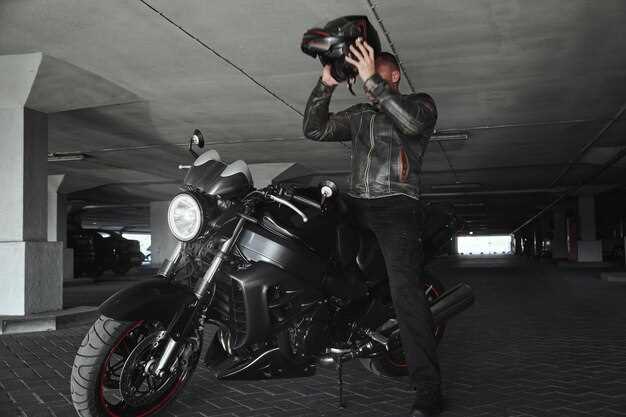
Capturing the exhilarating essence of motorcycle stunts requires not only photographic skill but also a keen eye for action and emotion. Whether you’re an amateur enthusiast or a seasoned photographer, the challenge is to convey the dynamism and thrill of high-speed maneuvers through compelling shots. To achieve this, it’s essential to understand the fundamentals of both photography and the nuances of stunt performance.
One of the most critical factors in producing stunning motorcycle stunt photos is timing. The perfect moment often lasts only a fraction of a second, making it vital to anticipate the rider’s moves. Observing the stunt patterns and understanding the techniques involved will allow you to position yourself effectively to capture the action at its peak. Keep your camera ready and remain focused on the rider, as the most impressive shots often reveal themselves unexpectedly.
In addition to timing, utilizing the right equipment can significantly enhance the quality of your shots. A fast camera with a high frames-per-second (FPS) rate enables you to freeze the action in sharp detail, while a lens with a wide aperture can create beautiful background blur that emphasizes the stunts. Remember to experiment with different angles and perspectives; dynamic compositions can make your photos stand out and capture the viewer’s attention.
Choosing the Right Camera Settings for Action Shots
Capturing stunning motorcycle stunts requires a keen understanding of camera settings to ensure that every shot is both sharp and dynamic. To achieve this, consider the following key parameters:
Shutter Speed: One of the most critical settings for action shots is shutter speed. A faster shutter speed, such as 1/1000th of a second, will help freeze the motion of the motorcycle and the rider, allowing for crisp images of each stunt. Slower shutter speeds can create motion blur, which may be desirable in some contexts, but for clear action shots, aim for higher speed.
Aperture: The aperture, or f-stop, controls the amount of light entering the camera and influences depth of field. A wider aperture (lower f-stop number, e.g., f/2.8) allows more light, which is beneficial for shooting in lower light conditions, and creates a shallow depth of field to isolate the rider and motorcycle from the background. However, if you want to keep more of the scene in focus, a narrower aperture (higher f-stop number, e.g., f/8) is preferable.
ISO Settings: ISO affects the camera’s sensitivity to light. For daytime stunt shooting, a lower ISO (100-400) will minimize noise and maintain image quality. However, in low-light situations, you may need to increase the ISO (800 or higher), keeping in mind that higher settings can introduce grain. Always aim for the lowest ISO that allows for a well-exposed shot.
Focus Mode: When photographing stunts, use continuous autofocus (AI Servo for Canon, AF-C for Nikon). This setting allows the camera to adjust focus continuously as the motorcycle moves, ensuring that you capture sharp images despite the dynamic action.
Frame Rate: If your camera supports it, shoot in burst mode to take multiple frames per second. This increases your chances of capturing the perfect moment during a stunt, providing several shots to choose from and enhancing the overall dynamic feel of your images.
In summary, mastering these camera settings not only improves your chances of capturing breathtaking motorcycle stunts but also enhances your overall photography skills. Understand how each of these elements works together to create the perfect action shot, and practice regularly to become proficient.
Best Angles and Locations for Dynamic Stunt Photography

Capturing stunning motorcycle stunt shots requires both strategic positioning and thoughtful selection of locations. The right angle can transform a simple stunt into a breathtaking moment, while an ideal backdrop enhances the visual impact of your photographs.
One of the best angles for motorcycle stunt photography is the low angle shot. This perspective emphasizes the height and intensity of the stunt, making it more dramatic. To achieve this, position yourself close to the ground, allowing the motorcycle to soar above you. This angle not only showcases the rider’s skill but also highlights the bike’s design.
Another effective approach is the side angle. This perspective allows for a full view of the stunt, capturing the rider’s posture and the bike’s movement. It’s essential to find a location where you have a clear line of sight to the stunt action without any obstructions. Setting up slightly elevated from the ground can also add depth to your shots.
Consider using a wide-angle lens to capture more of the stunt environment. This is particularly useful in open areas or ramps, where the surrounding scenery can contextualize the stunts being performed. A wider frame can provide a sense of speed and motion, making your shots even more exhilarating.
Location plays a crucial role in the storytelling aspect of your motorcycle photos. Industrial areas with graffiti, urban backdrops, or natural settings such as cliffs or beaches can dramatically elevate your images. Look for locations with interesting textures or colors that contrast with the motorcycle, providing a striking visual experience.
Timing is also vital. Shooting during the golden hour–shortly after sunrise or before sunset–floods your images with natural light that enhances colors and creates long shadows, adding dynamism to your stunt shots. Always be prepared to shoot continuously as stunts often happen in quick bursts, and capturing that split-second moment is critical.
Finally, don’t forget to explore the possibilities of shooting from a moving vehicle. This technique can add an element of action to your shots, providing unparalleled dynamism. Be cautious and ensure that safety measures are in place for both you and the stunt performers.
Timing Your Shots to Capture Peak Moments of Stunts

Capturing the essence of motorcycle stunts requires precise timing. The action unfolds rapidly, and each stunt often includes a brief window where the rider’s skill and the motorcycle’s performance are at their peak. By anticipating these moments, photographers can get shots that truly convey the thrill and excitement of each stunt.
Know the Stunts: Understanding the different stunts and their characteristics is essential. Some stunts, like wheelies or jumps, have distinct phases. Familiarize yourself with these phases to predict when the action reaches its climax. This knowledge will enhance your ability to capture stunning images.
Focus on Key Moments: Each stunt has critical moments, such as the moment before the takeoff or the peak of a jump. These are the instances that convey the intensity of the performance. Keep an eye out for facial expressions, body positioning, and motorcycle angle during these peak moments, as they can dramatically enhance the story your photo tells.
Use Burst Mode: Utilizing burst mode can dramatically increase your chances of capturing the perfect shot. This function allows your camera to take multiple images in quick succession. Set your camera to burst mode while keeping an eye on the action, and you’ll be able to select the shot that best represents the peak of the stunt.
Practice Patience: Patience is crucial when shooting stunts. Wait for the right moment rather than shooting continuously. Observe the rider’s pattern and learn when to anticipate the peak moments. With patience, you can capture the action just as it reaches its most exhilarating point.
Pre-Visualize the Shot: Before each stunt begins, visualize the shot you want to take. Consider angles, framing, and the timing of the rider’s movement. This mental preparation will allow you to be ready at the exact moment the action unfolds.
By mastering your timing and understanding the flow of motorcycle stunts, you can create photographic masterpieces that capture the thrill of each performance. Remember, it’s all about being in the right place at the right time, and with practice, your shots will stand out.




